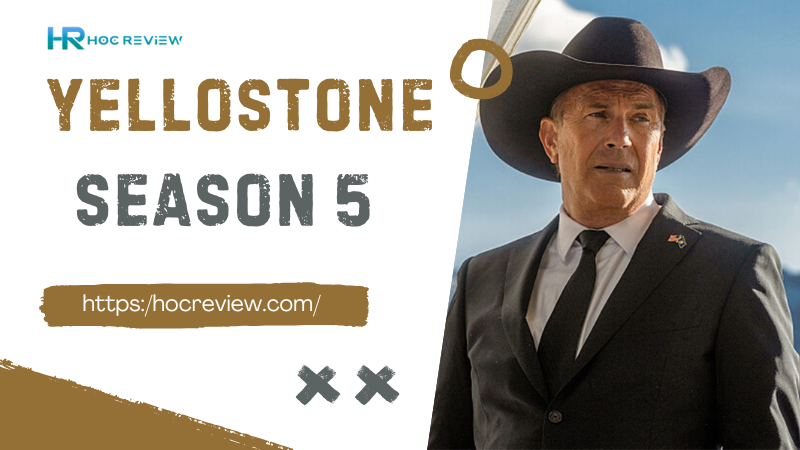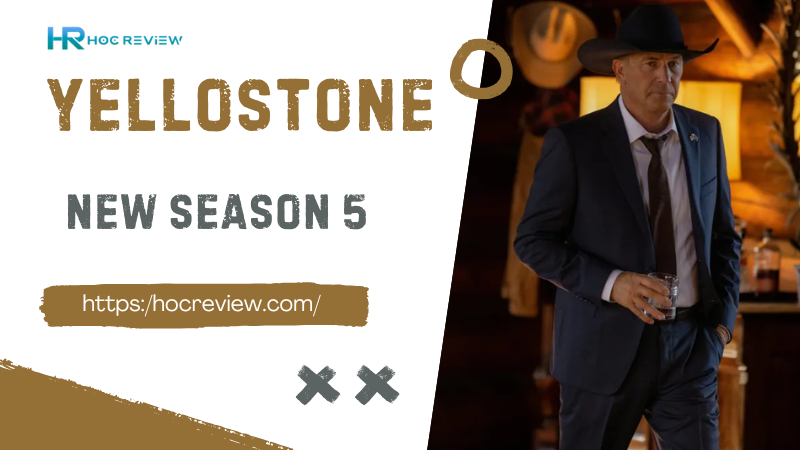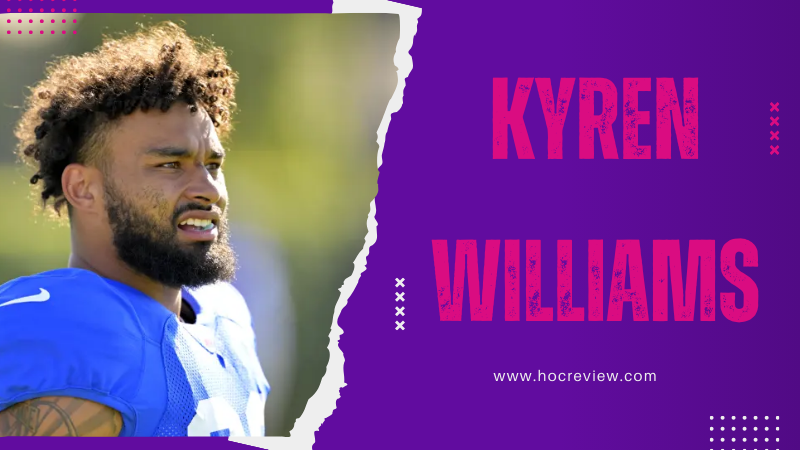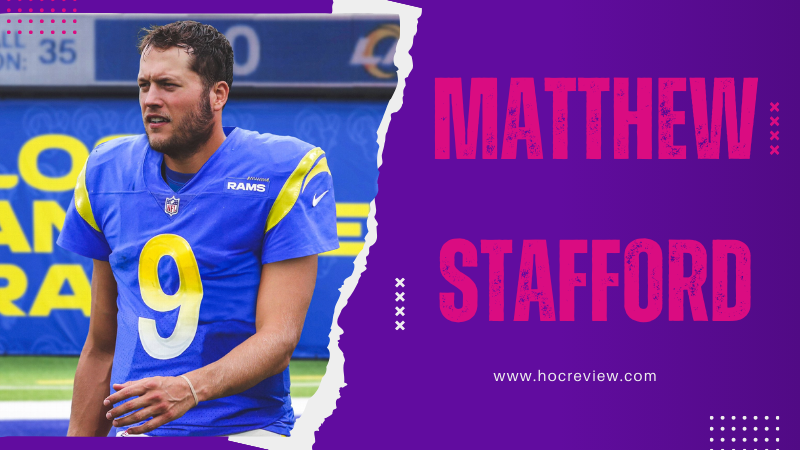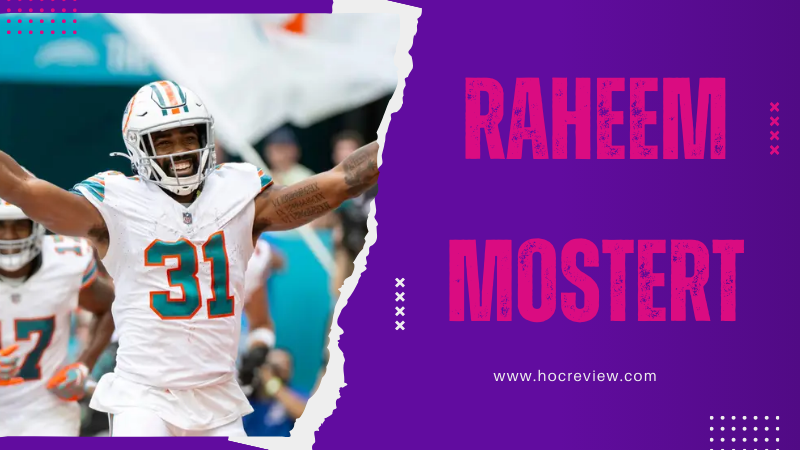The Iranian government recently moved swiftly to counter claims about Supreme Leader Ayatollah Ali Khamenei being in a coma, which spread like wildfire across social media. These rumors, fueled by anonymous online posts, sparked widespread concern about the future of Iran’s leadership.
In response, the Iranian regime published a photo of Khamenei meeting with a Lebanese official on November 17, 2024, clearly showing that the 85-year-old leader was in good health.
The Context of the Health Rumors and Their Impact on Iran’s Political Landscape
These health rumors emerged at a politically sensitive time, coinciding with reports about discussions within Iran’s Assembly of Experts on selecting Khamenei’s successor. While the official statement denied the rumors, the timing raised questions about the future leadership of Iran.
Some critics pointed out that Khamenei’s health could influence who takes over his position. However, rumors of his ill health are not new—similar reports have surfaced over the years, but this time, the regime’s response seems more urgent.
The speculations about Khamenei’s health come during a turbulent time for the Iranian regime, already under pressure from domestic unrest and international scrutiny.
The spread of these rumors was likely exacerbated by social media, where misinformation spreads quickly, causing confusion and uncertainty about Iran’s leadership and future direction.
Who is Ayatollah Ali Khamenei and Why His Health Matters
Ayatollah Ali Khamenei has served as Iran’s Supreme Leader since 1989, succeeding the founder of the Islamic Republic, Ayatollah Khomeini.
His leadership has shaped Iran’s ideological and foreign policies, particularly its stance on nuclear development, relations with the West, and internal governance. Khamenei’s role is crucial, not just as a religious leader but as the highest political authority in the country.
His health is of particular concern because it has profound implications for the stability of Iran’s regime. In a system where leadership is tightly controlled by a single individual, the question of succession becomes more critical as Khamenei ages.
While he is widely believed to be in good health now, the mere suggestion of his vulnerability can lead to instability. This is especially true given the speculation surrounding his potential successor.
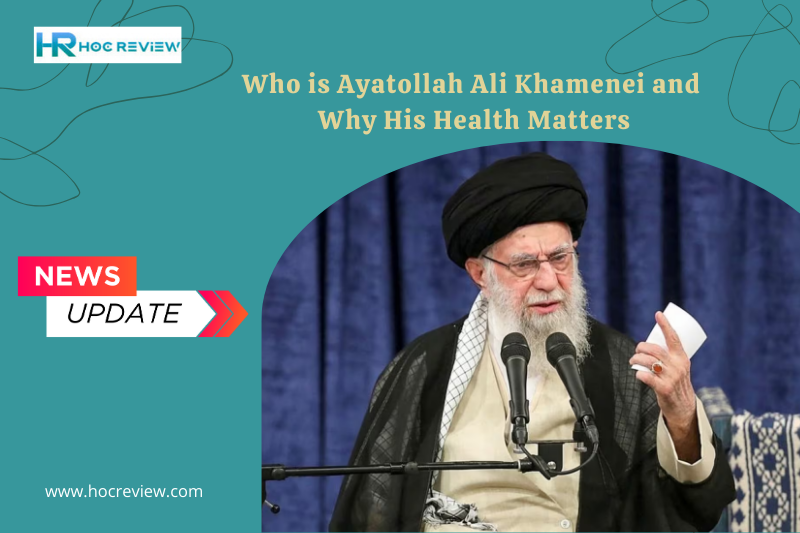
Mojtaba Khamenei: The Potential Successor and His Growing Influence
Mojtaba Khamenei, the Supreme Leader’s son, is widely considered the leading candidate for succession. For years, he has held significant sway behind the scenes, advising on key policy decisions and cultivating relationships within Iran’s power structures, including the Islamic Revolutionary Guard Corps (IRGC).
His political clout has only grown over the years, particularly after his involvement in the suppression of protests following the disputed 2009 election.
As discussions intensify about Khamenei’s eventual replacement, the younger Khamenei’s name comes up frequently. Many see him as the natural successor, not just because of his family ties, but because of his experience and influence within the system.
However, the prospect of dynastic leadership in a theocratic state raises eyebrows, both within and outside of Iran. Critics argue that the regime is more of a family business than a religious institution, which could spark further controversy and unrest.
Stay up-to-date with the latest trends by visiting our breaking news section.
Understanding the Assembly of Experts and Its Role in Iran’s Leadership Succession
The Assembly of Experts is the body responsible for selecting the next Supreme Leader. It is composed of 88 members who are elected every eight years.
While the Assembly is technically independent, it is heavily influenced by Iran’s political elite, including figures like Khamenei himself. Despite this, the body plays a critical role in determining the future course of the country.
In light of the rumors about Khamenei’s health, the Assembly of Experts has reportedly been discussing potential candidates for succession.
This has only intensified speculation about whether Mojtaba Khamenei will step into his father’s shoes or whether another figure will rise to power. The political maneuvering within the Assembly will likely shape the future of Iran’s government and its relationship with the rest of the world.
How Social Media Fuelled the Rumors About Khamenei’s Health
The rumors about Khamenei’s health spread largely through social media, particularly Twitter (now X). A few unverified tweets, claiming the Supreme Leader had fallen into a coma or passed away, quickly gained traction. These posts were amplified by accounts with little credibility, creating a whirlwind of speculation.
While the Iranian regime responded by publishing photos of Khamenei meeting with officials, the power of social media to spark unrest was undeniable.
Some users, particularly those critical of the regime, seized on the opportunity to express their hopes for political change, often using Khamenei’s health as a symbol of the Iranian government’s fragility.
However, some voices were skeptical of these rumors, with certain critics pointing out that similar stories about Khamenei’s health had circulated for years without basis. For instance, Sarah Raviani, a spokesperson for the group Iranians for Trump, noted that “these rumors have been swirling for over a decade.”
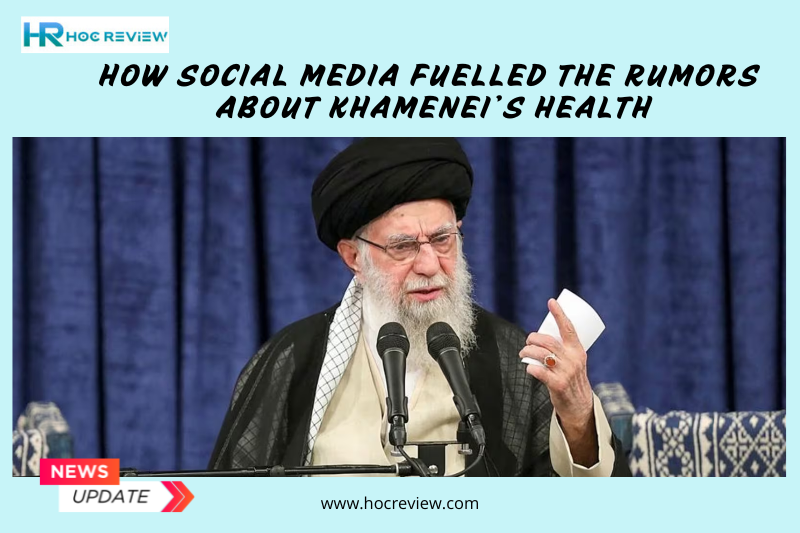
Iran’s Response: Official Statements and the Release of Recent Photos of Khamenei
In response to the growing rumors, the Iranian government acted quickly to refute the claims. The regime published a photo of Khamenei meeting with Mojtaba Amani, Iran’s ambassador to Lebanon, demonstrating that the Supreme Leader was alive and well.
The photograph was taken on November 17, 2024, and was shared across official channels, including Khamenei’s own social media account.
This official response, though seemingly straightforward, served a dual purpose: it confirmed Khamenei’s health and also reinforced the regime’s control over the narrative. By releasing the photo, Iran sought to quash any doubts about Khamenei’s fitness to lead, even as the nation looks toward a possible transition of power in the near future.
The Future of Iran’s Leadership: What Happens After Khamenei?
Looking ahead, the question of leadership in Iran remains unresolved. With Khamenei’s advanced age and ongoing health rumors, the political landscape is in flux.
Mojtaba Khamenei is widely viewed as the likely successor, but the transition of power in Iran will not be smooth. His leadership could either solidify the regime’s grip on power or usher in a new era of political challenges.
The future of Iran hinges on how the regime manages the succession process, both domestically and in terms of its foreign relations. The eventual transition will be a pivotal moment for the country, with wide-reaching implications for its political stability, nuclear ambitions, and the future of its theocratic governance.
Conclusion
As rumors about Khamenei’s health continue to surface, the question of succession grows ever more urgent. Readers are encouraged to leave comments, share their thoughts, or explore more in-depth coverage of Iran’s political landscape by visiting Hocreview.


